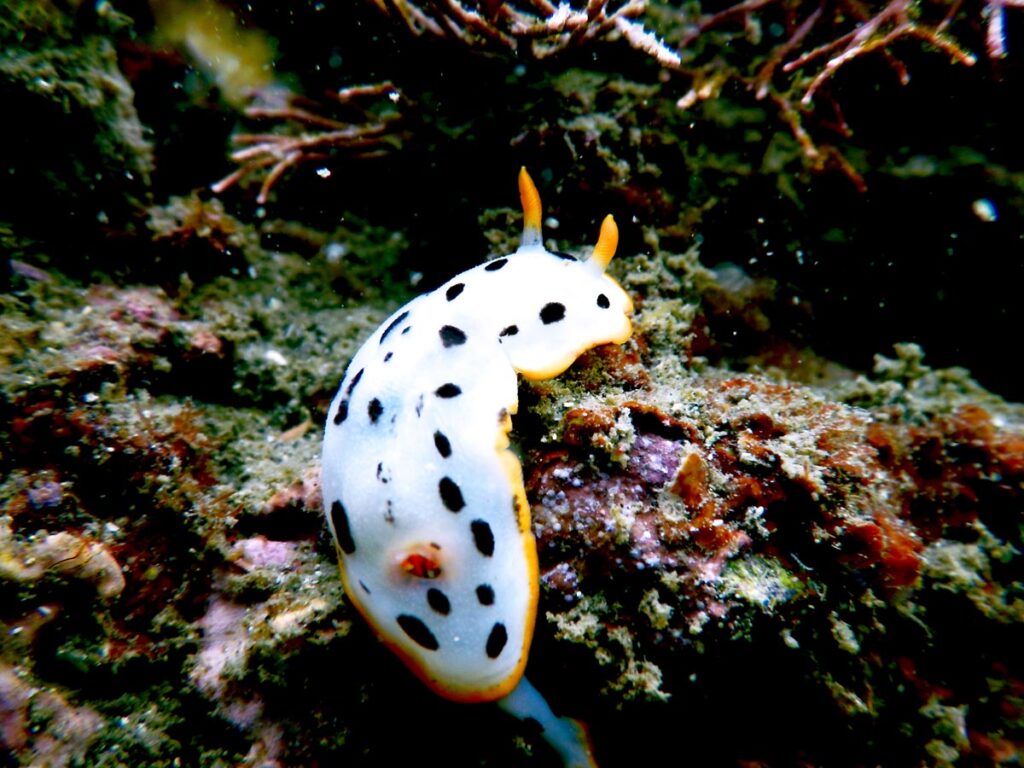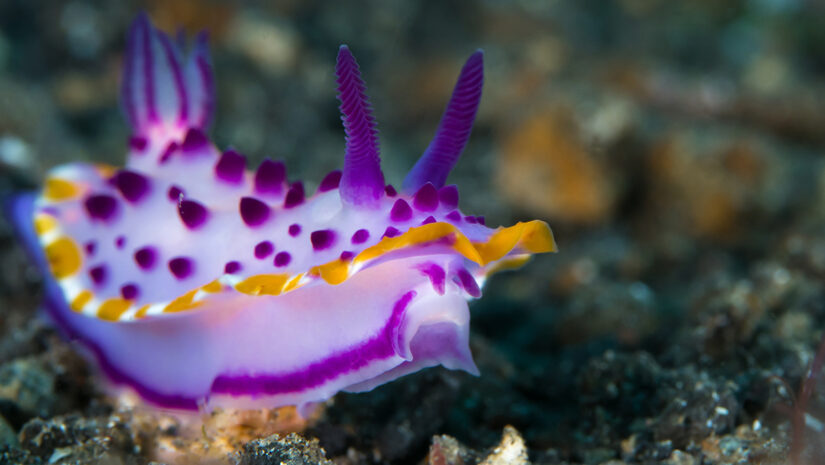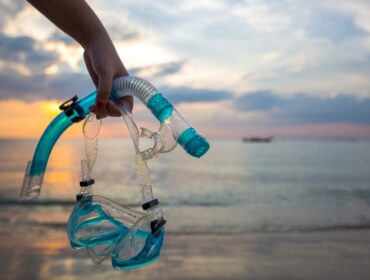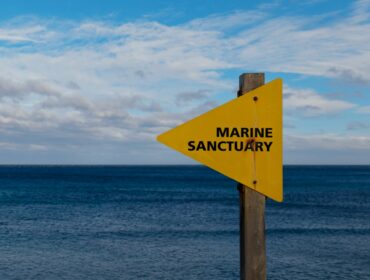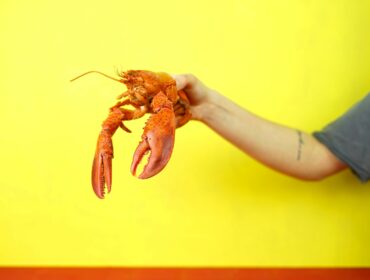Nudibranchs, often called “sea slugs,” charm scuba divers with their bright colors and complex designs. Although these small, soft-bodied mollusks are found in every ocean, some locations really stand out and are worth visiting on your next scuba diving holiday.
Anilao, Philippines: The World’s Nudibranch Capital
Anilao is undoubtedly one of the best places to find nudibranchs. This scuba diver’s paradise offers world-class muck diving, fantastic coral reefs, and an incredible diversity of marine life. Specifically, more than 600 different species of nudibranchs. The region offers very good diving conditions, with water temperatures typically ranging from 79 to 86°F and visibility averaging 33 to 66 feet, depending on the season. Every dive at Anilao reveals an amazing range of nudibranch species, from the vivid Hypselodoris to the delicate Phyllidia. Popular dive sites like Secret Bay and Mainit Muck are very popular choices to dive due to their impressive range of nudibranchs. Good to know! Different nudibranch species appear with the changing seasons, so no two visits to Anilao are the same.
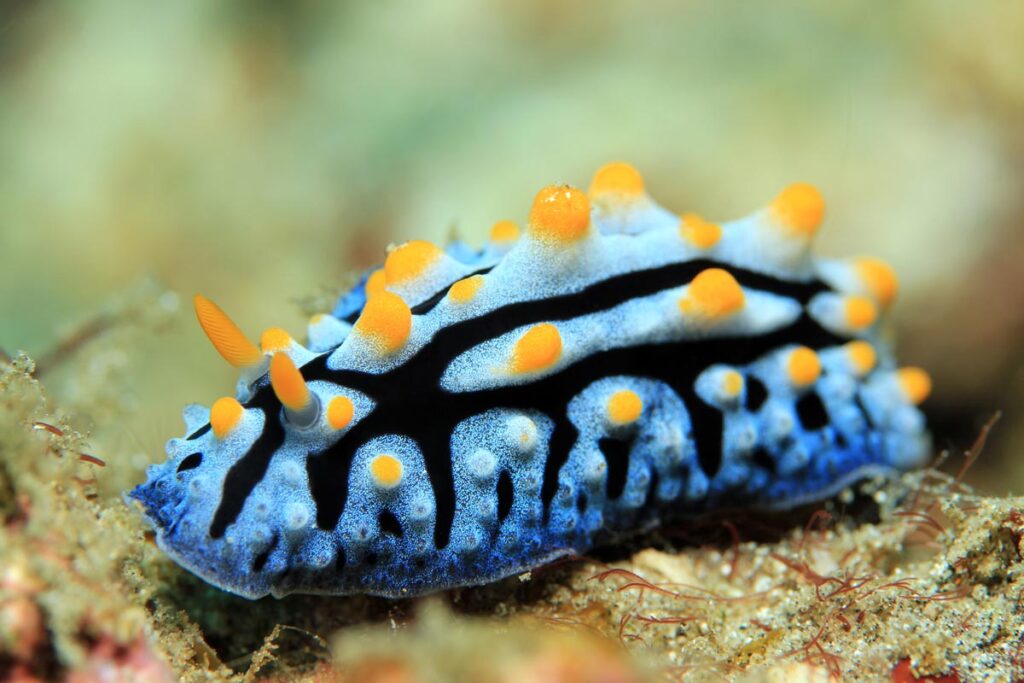
Lembeh Strait, Indonesia: The Macro Capital of the World
Famous for muck diving, Lembeh Strait in North Sulawesi is a great choice for finding and photographing nudibranchs. Combining the black volcanic sand of the strait with scattered coral bommies and manmade constructions produces a rich environment for an amazing variety of marine life. Under these conditions, nudibranchs flourish; among others, divers regularly find species, including Nembrotha, Chromodoris, and Flabellina.
Macro photographers particularly find Lembeh to be interesting since the calm waves and sandy bottom offer lots of chances for steady images and close-ups. Water temperatures range from 79 to 84°F, and visibility is usually 33 to 49 feet, allowing divers to focus on the intricate details of these small sea slugs. Dive sites like Hairball and Nudi Retreat are especially famous for finding nudibranchs, but to be honest, you will find them on every dive in this area. One of the most famous nudibranch species found in Lembeh Strait is the “Pikachu Nudibranch” (Thecacera), nicknamed for its striking resemblance to the Pokémon character.
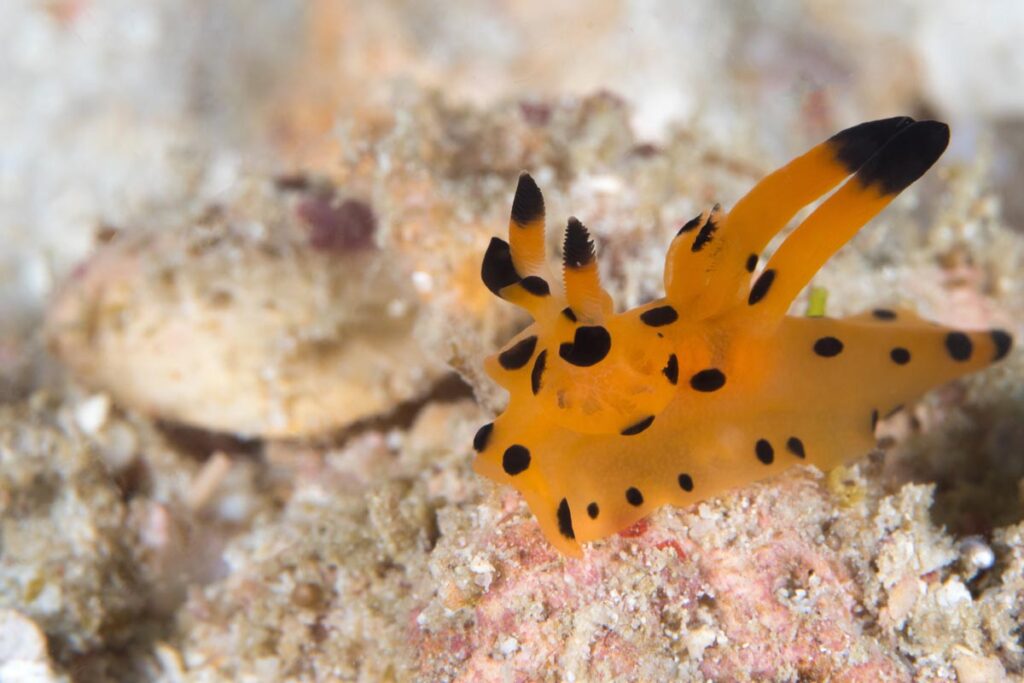
Milne Bay, Papua New Guinea: A Remote Refuge for Nudibranchs
The remote dive sites of Milne Bay in Papua New Guinea are well-known for their incredible coral reefs and amazing diversity. As it’s so far away from the modern world, its isolation has helped preserve a special underwater ecology. You can do all kinds of diving in this location as there are amazing coral gardens and impressive steep walls. All year round, you can find a huge variety of nudibranch species like Flabellina and Ceratosoma. If you visit Milne, then make sure to look up into the blue every now and then because Milne Bay also has whale sharks, tiger sharks, minke whales, and mantas! Popular areas for nudibranch sightings are Deacon’s Reef and Observation Point.
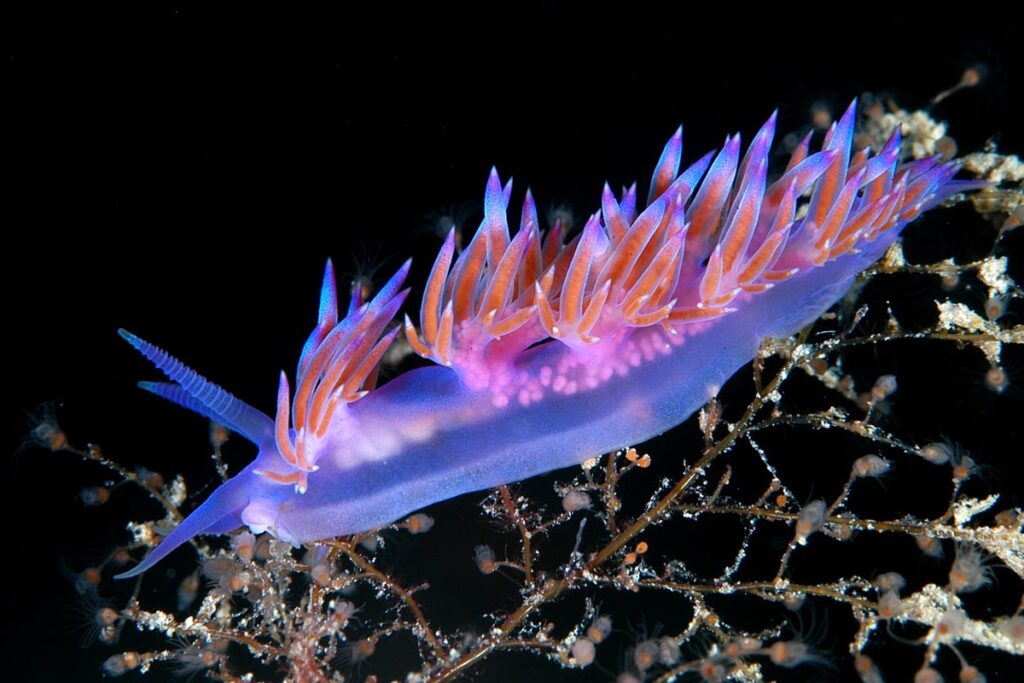
Tulamben, Bali, Indonesia: Ruins and Rich Reefs
Situated on the northeastern coast of Bali, Tulamben is most well-known for the USAT Liberty Wreck, a famous dive site drawing scuba divers from all over. This sunken WWII cargo ship is encrusted with sponges and anemones, providing a refuge for a variety of marine life, including several nudibranchs. Beyond the wreck, Tulamben’s dive sites provide different environments perfect for nudibranchs with black sand slopes, coral gardens, and rocky reefs.
One of the most famous nudibranchs in Bali is Shaun the Sheep (Costasiella kuroshimae), a tiny sea slug named for its adorable resemblance to the cartoon character, complete with “ears” made of leafy cerata. This fascinating nudibranch steals chloroplasts from algae to perform photosynthesis, a process called kleptoplasty. You can spot Shaun the Sheep at macro dive sites all over Amed and Tulamben, but you will need 20/20 vision as Shaun the Sheep is incredibly tiny, measuring only about 0.08 to 0.2 inches in length.
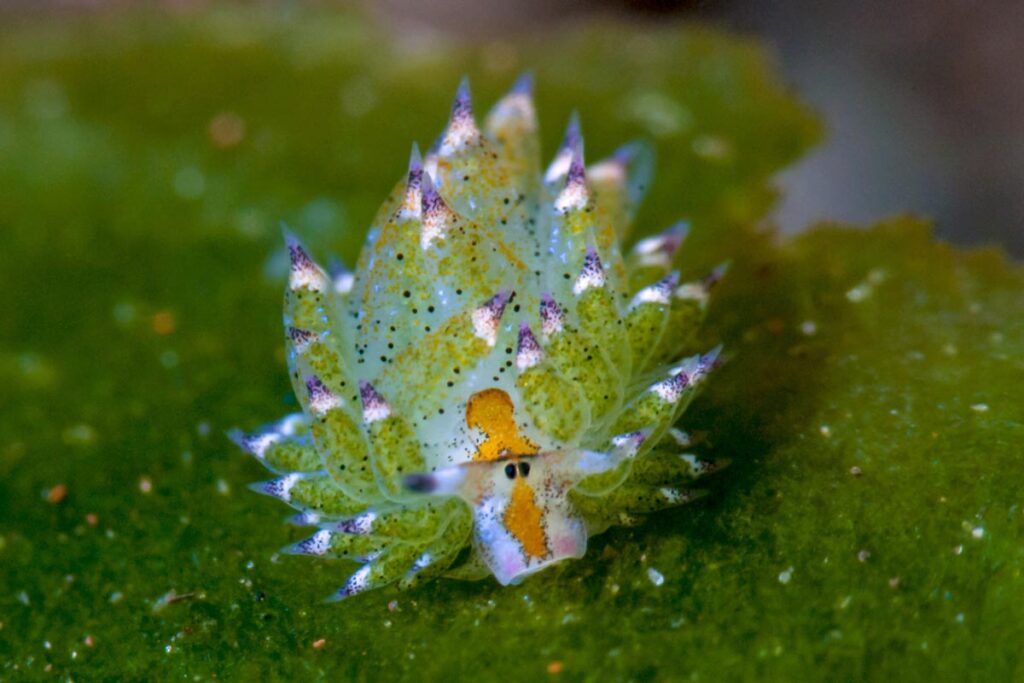
Sipadan, Malaysia: Macro Meets Pelagic Marine Life
Sipadan, located off the coast of Sabah, is famous for its incredible marine life, including sharks, turtles, and schooling fish. Beyond its coral walls and reefs, it also offers great opportunities to spot smaller marine life, such as nudibranchs. They’re often tucked among coral formations and crevices, adding a macro diving element to Sipadan’s appeal. Dive sites like Hanging Gardens and Coral Garden are particularly ideal for nudibranch sightings, with their diverse coral landscapes providing perfect habitats. With visibility often exceeding 100 feet and thriving reefs, Sipadan offers divers the chance to enjoy both majestic large marine life and the beauty of tiny macro creatures, such as the elusive Bornella Anguilla. Known as the “Eel Nudibranch,” this nudibranch species stands out for its slender, elongated body and its unique eel-like swimming motion, making it a truly remarkable find for underwater enthusiasts.
